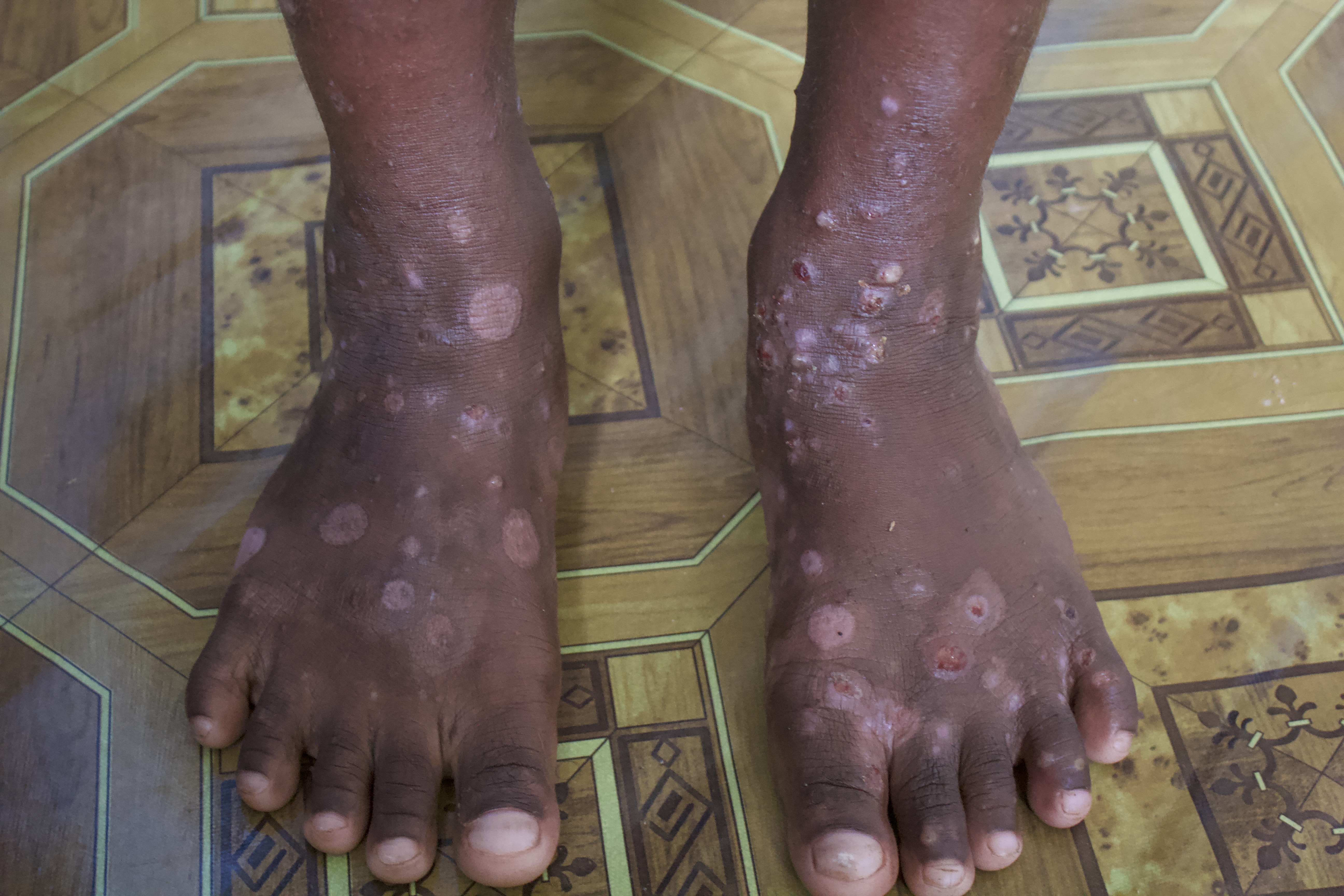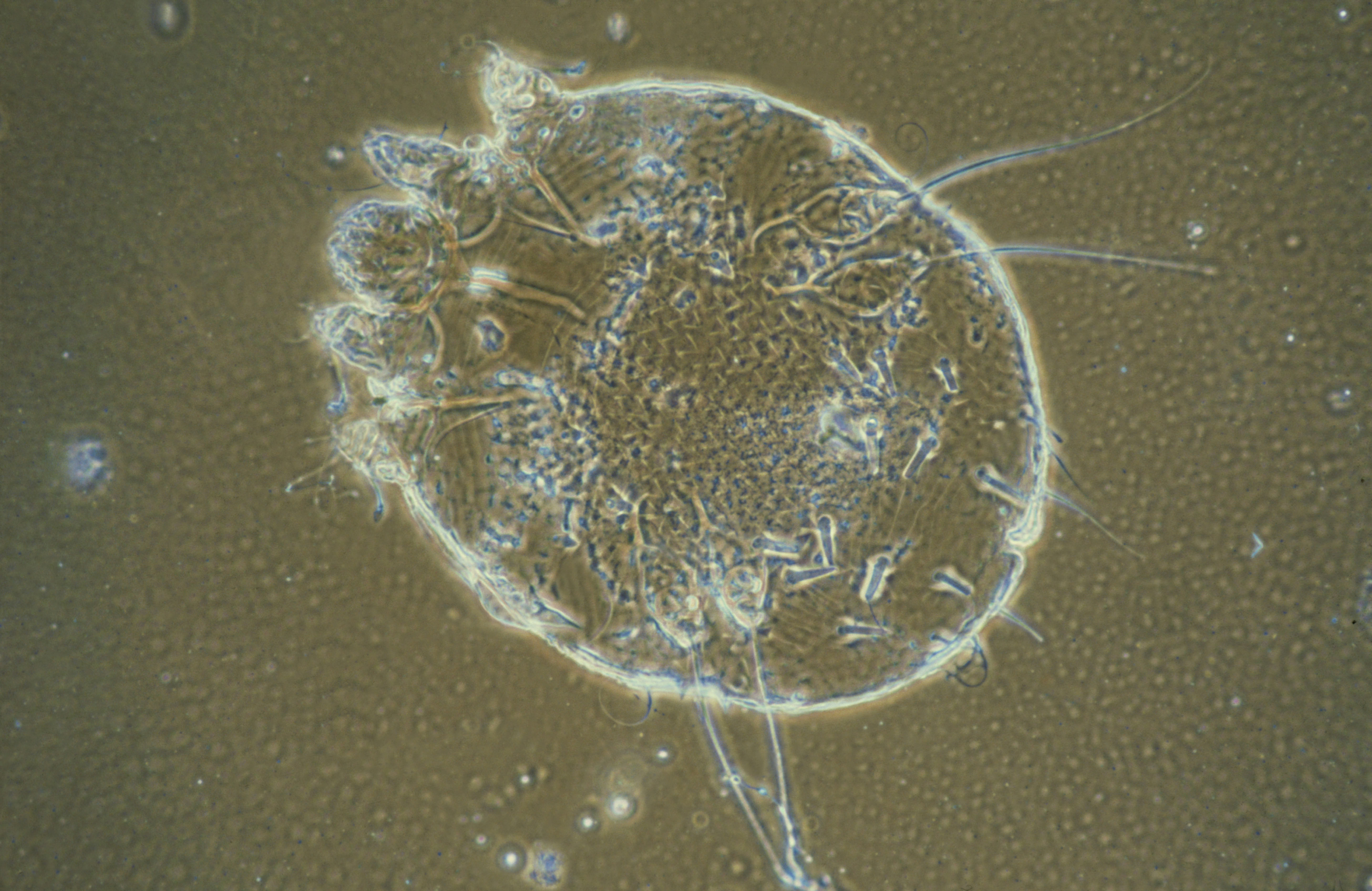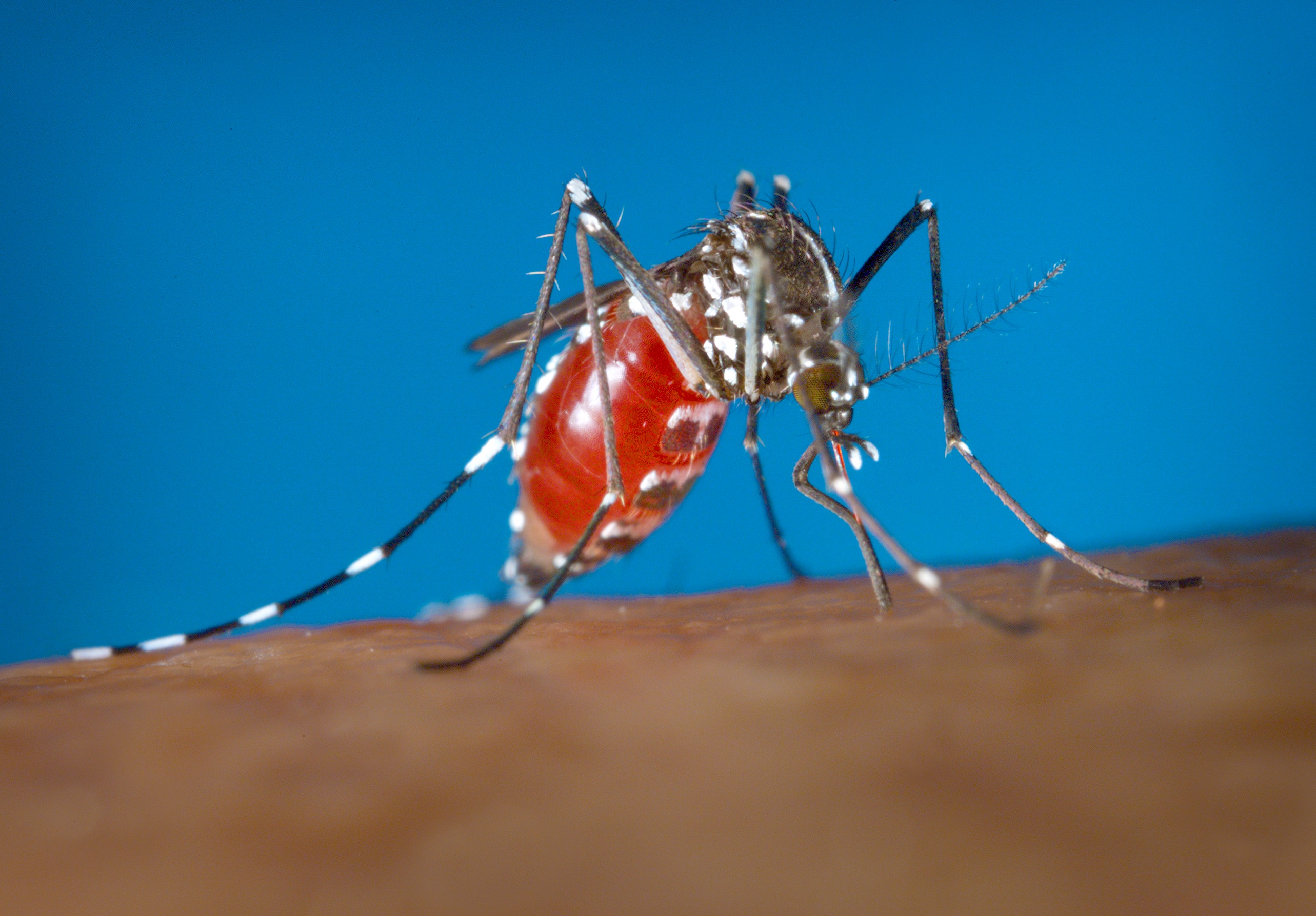
Health & Medicine
Childcare centres and car exhaust: A dangerous mix

Australian and Pacific researchers are spearheading a global effort to eradicate scabies, a skin condition caused by a tiny parasitic mite that leads to ‘traumatic itching’ in millions of people every year
Published 5 August 2019
Sarcoptes scabiei, the mite that causes scabies, is tiny, growing to less than half a millimetre.
Named after the Latin ‘scabere’ (to scratch), it burrows under the upper layer of the skin where it lays its eggs, resulting in ‘traumatic itching’ – an irritation so severe people can’t sleep and may scratch until they bleed.

Globally, there are an estimated 455 million cases of scabies every year, and more than 200 million people are affected at any time. Most at risk are children and the elderly in resource-poor and often overcrowded communities, particularly in tropical climates.
But researchers have shown that treating whole communities with anti-scabies medication can almost eradicate the mite, and “mass drug administration” is now underway in Fiji.

Health & Medicine
Childcare centres and car exhaust: A dangerous mix
“It is a disease of inequity, with the greatest impact on disadvantaged children,” says Professor Andrew Steer, director of Infection and Immunity at the Murdoch Children’s Research Institute (MCRI) and a University of Melbourne scabies expert.
Professor Steer has led past trials of mass drug administration in the Pacific, and is involved in the latest Fiji initiative.
The mites thrive in hot, crowded conditions – schools, villages, refugee camps and prisons – and can be widespread in some low-income communities, including in remote communities in Northern Australia, and parts of the South Pacific. The mites are transmitted by skin-to-skin contact with another infected person.
Most people with scabies carry small numbers of only six to 10 mites, but some people become covered in thousands to millions of mites and develop a rare variant of the condition called ‘crusted scabies’.

“People with compromised immune systems are especially vulnerable to crusted scabies,” says Professor Steer.
“It is a severely disabling and stigmatising condition and, sometimes, even fatal.”
Constant scratching often leads to an initial skin infection called impetigo, which can be further complicated by more severe skin infections that can result in the infection of internal organs with diseases like rheumatic heart disease and chronic kidney disease.

Health & Medicine
What we do (and don't) know about lupus
Australian and Pacific researchers have already conducted trials to show it is possible to dramatically cut community rates of scabies infestations with mass drug administration.
In these trials, the World Health Organization-recommended oral drug, ivermectin, was given to most people in a community regardless of whether they were infected or not – excluding pregnant women and children under five years of age who were given an alternative skin-cream treatment.
The world’s first comparative trial of mass drug administration against scabies, was led by MCRI, the Fiji Ministry of Health and Medical Services and the Kirby Institute (at the University of New South Wales) in 2013, and involved medicating everyone on a remote Fijian island.
Within a year the infection rate in the community had plummeted from 32 per cent to 1.9 per cent – a 94 per cent decrease. A year later, the infection rate still low at just 3.6 per cent.
Now, the team is coordinating the world’s largest a scabies mass drug administration of 135,000 people in Fiji’s Northern Division islands.

“The infection rate is high among children, who often pick up mites from their friends,” says Dr Mike Kama, scabies expert at the Fiji Ministry of Health.
“Then they scratch all night, interrupting their sleep, and struggle to concentrate in class during the day. Often the scratching leads to impetigo and the children have to stay away until they clear up, so they miss out on more school.”
Dr Kama says that in addition to the disruption scabies causes, the economic impact is severe, with infestations causing people to miss school and work.

Health & Medicine
Protecting the world from the threat of pandemics
Working with Solomon Islands researchers, the team have also managed to successfully integrate scabies control with mass drug administrations covering other infectious diseases.
In 2015, they ran a mass drug co-administration for more than 26,000 people in the province of Choiseul in the Solomon Islands, targeting both scabies and the eye infection, trachoma. A year later, scabies infections were down 90 per cent.
Accordingly the scabies mass drug administration in Fiji also includes medications to treat intestinal worms and lymphatic filariasis (elephantiasis) – an infection caused by roundworms that’s spread by mosquitos causing irreversible fluid build-up and swelling in the body’s extremities.
“There are massive efficiencies and cost-savings for health workers treating multiple diseases”, says Professor Steer.

“The drugs are cheap and the major expense is getting out to people in remote settings, so if you can combine them you are effectively getting double the bang for your buck.
“It’s also much better for communities to be served by an integrated approach,” he says.

Health & Medicine
Global health efforts need to catch up with young people
But, any global scabies control program will also need better data on its prevalence and diagnosis.
In a recent paper, experts from around the world outlined actions needed ahead of developing a global scabies control program.
Working with the International Alliance for the Control of Scabies, WHO and national Ministries of Health, paediatrician Dr Daniel Engelman, from the MCRI and the University of Melbourne, along with his colleagues identified recording the global patterns of scabies as a key challenge.
“Many countries have no data as there is no blood test or standardised way to diagnose scabies, says Dr Engelman, who co-authored a recent paper in the Lancet journal.

“It can be diagnosed by viewing skin scrapings under a microscope, but it is usually detected through examination of the skin,” he says.
Dr Engelman believes infection rates are also influenced by changing climate and socio-political conditions.

Health & Medicine
Ending anaemia in the developing world
“An outbreak began in 2015 in the Amhara region of Ethiopia following a severe drought and has affected more than one million people,” he says.
The Lancet paper calls for more support for affordable and reliable treatments in affected countries, and scaling-up effective interventions like mass drug administration in close cooperation with health workers and the impacted communities.
Dr Kama, says the mass drug administration now underway will deliver “countless” benefits to communities.
“Scabies can disfigure people and hurt their mental health. How can you put a dollar figure on the anguish scabies causes?”
Banner: Getty Images